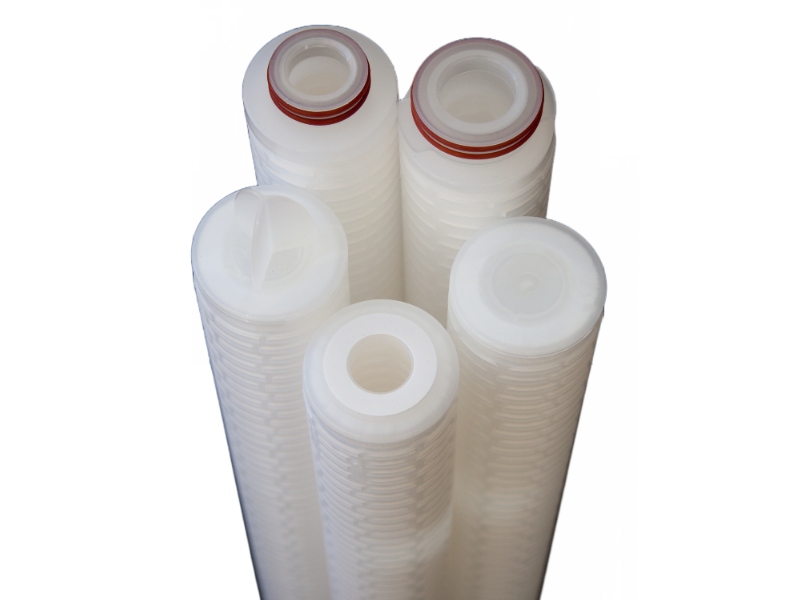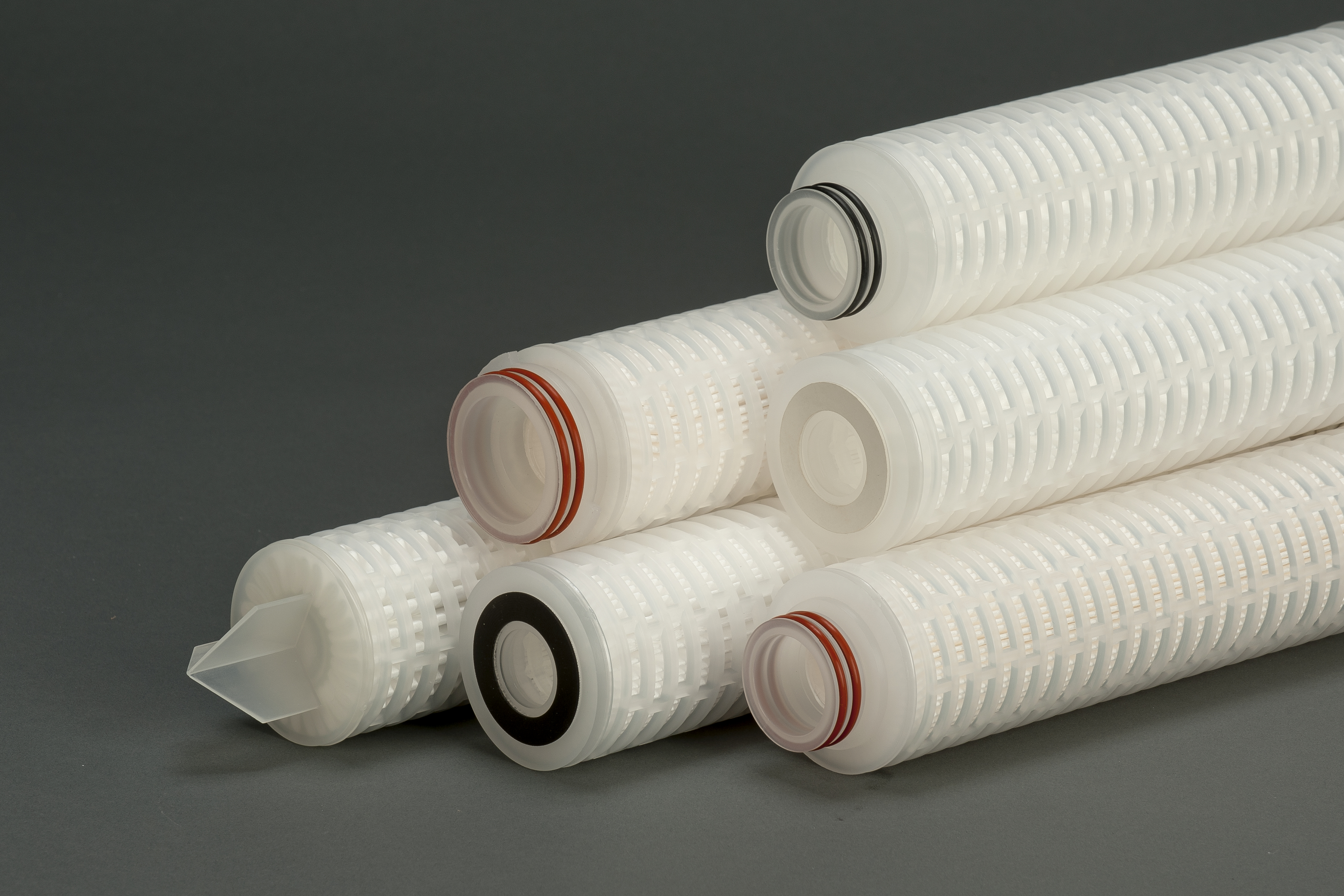Why Cartridge Filters Block Too Quickly: 7 Common Causes & Fixes
Cartridge filters are critical components in liquid and gas filtration systems, ensuring product quality, protecting downstream equipment, and reducing process downtime. However, one of the most common frustrations for end users is filters blocking too quickly or requiring frequent changeouts. This leads to higher operational costs, unplanned maintenance, and process inefficiencies.
If your cartridge filters are not lasting as long as expected, the root cause often lies in a mismatch between filter rating, media selection, system design, and the contamination load. Below, we break down the most common reasons why cartridge filters blind prematurely—and what you can do to extend service life.
-
Incorrect Micron Rating
Choosing a filter that is too fine for the application is a common mistake. While it may seem safer to “filter more,” it usually leads to filters capturing excess solids that do not need to be removed at that stage.
- Example: A 1 µm cartridge filter will blind far faster than a 10 µm filter, even if the process only requires 10 µm protection.
- Over-specification not only shortens filter life but also drives up replacement costs.
Takeaway: Always match the filter rating to the actual process requirement, not lower “just in case.”
-
Lack of Proper Pre-Filtration
Fine cartridge filters are not designed to handle large particles. Without an upstream basket strainer, bag filter, or coarse cartridge, fine filters become overloaded.
A properly designed filtration train (coarse → medium → fine) ensures contaminants are removed in stages. This prevents premature blinding and significantly increases the service life of the final cartridge filter.
-
High Contamination Load
If the process fluid contains more dirt, rust, or organic matter than anticipated, even correctly specified filters will clog quickly. This is often seen:
- During system start-up (flushing debris from pipes and tanks).
- After maintenance or cleaning, when scale and particulates are disturbed.
- With raw water or chemicals that vary in quality and are not consistently controlled.
Takeaway: Conducting a realistic dirt load assessment at the design stage is essential to avoid undersized systems.
-
Wrong Filter Media Type
Not all cartridge filters behave the same under load. Choosing the wrong media type can drastically reduce service life:
- Surface filters (e.g., pleated cartridges, membranes) trap particles on the surface. They deliver sharp cut-off efficiency but block quickly in dirty systems.
- Depth filters (e.g., melt-blown or wound cartridges) capture contaminants throughout the filter matrix. They hold more dirt and last longer in high-load systems—but offer lower flow rates per element.
Takeaway: Matching media type to the contamination profile is just as important as choosing the right micron rating.
-
Process Upsets
Even the best-designed system can experience short-term contamination spikes:
- Slugs of rust, microbial growth, or chemical precipitation.
- Changes in raw material suppliers that introduce variability.
- System cleaning or unexpected by-products in chemical processes.
Takeaway: These events dump unexpected solids into the system and overwhelm filters. Designing with buffer capacity or staged protection can help mitigate the impact of process upsets.
-
Incorrect Sizing of the Filtration System
System designers sometimes reduce the number of cartridges or housing size to cut capital expenditure. However, under sizing results in:
- Higher initial clean pressure drop.
- Shortened filter life at normal flow rates.
- Increased operational costs due to more frequent changeouts.
This “false economy” quickly erodes any upfront savings. See our related article The cost impact of incorrect sizing of filtration systems for a deeper dive into this issue.
-
Poor Installation or Housing Design
Even if the filter selection is correct, installation issues can shorten service life:
- Filters not seated correctly can allow bypass, leaving some elements overloaded while others remain unused.
- In multi-round housings, poor flow distribution causes uneven loading and premature blinding of certain cartridges.
Takeaway: Routine inspection of housings, seals, and flow balance is essential for reliable operation.
Summary: Why Cartridge Filters Block Too Quickly
In most cases, filters clog faster than expected because they are doing too much, too soon. The solution is rarely just “changing the filter more often.” Instead, the following steps help extend service life and reduce operating costs:
- Use staged filtration: Coarse → medium → fine.
- Match micron rating to process needs.
- Select the right media (depth vs pleated).
- Avoid undersizing for capital cost savings.
- Assess the true contamination load under real operating conditions.
By addressing these factors, you can significantly reduce filter changeout frequency, lower total filtration costs, and ensure consistent process reliability.
If you have any questions about your filtration system, then you can give us a call or send us an email - we’d be more than happy to help.
You can also read more around this topic in our blogs:
- Guide to Selecting the Right Micron Rating
- Challenges that Impact Filter Cartridge Performance
- 5 Tips to Help Minimise Annual Expenditure Filtration
PoreFiltration – Making your filtration systems work harder




/collage-email.jpg)
